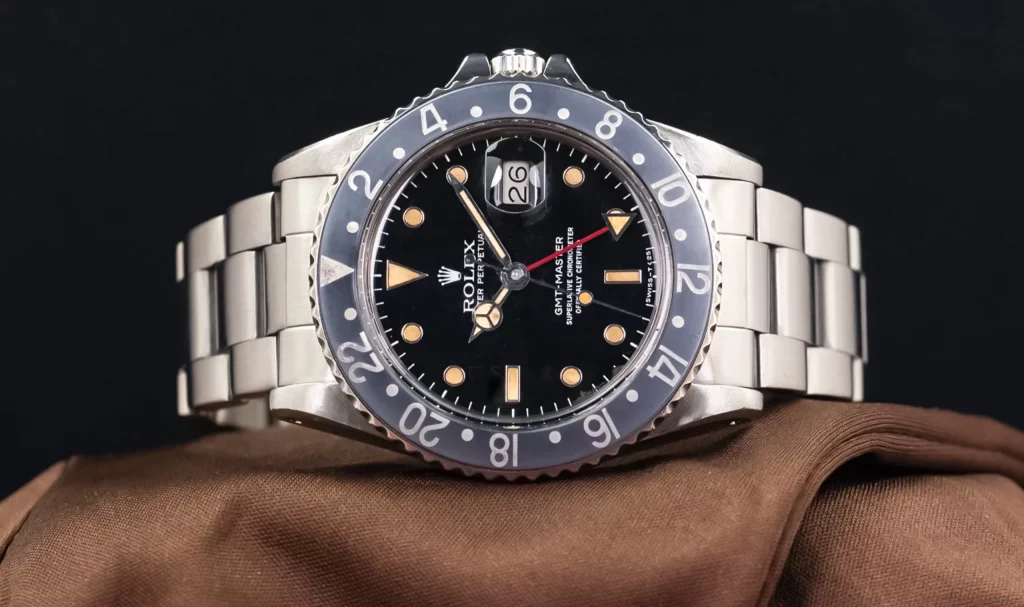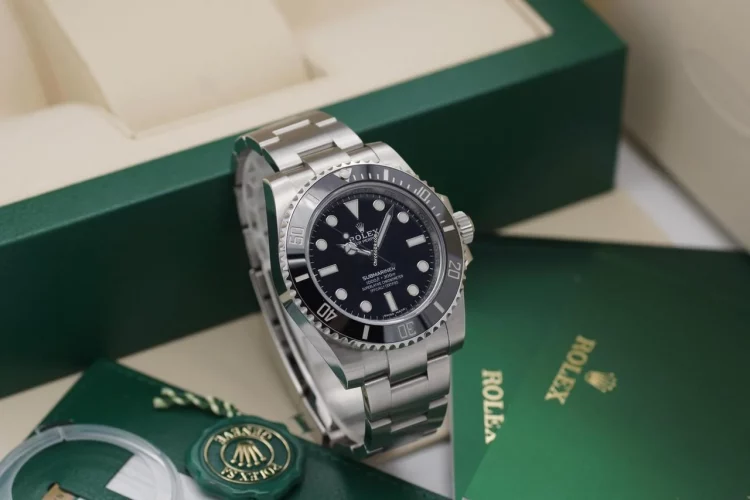Material Revolution: Anti-Magnetic Spider Silk from Gene-Edited Silkworms
In 2025, one of the most captivating developments in haute horlogerie isn’t a new tourbillon or tourbillon tourbillon escape—but a tiny fiber borrowed from nature and science: spider silk. Thanks to advances in genetic engineering, researchers have rewired silkworm DNA to produce silk imbued with spider-gland proteins that deliver unmatched tensile strength, elasticity, and crucially, anti-magnetic properties. Traditional hairsprings are typically made from Invar, Nivarox alloys, or silicon—all of which contend with trade-offs like magnetism resistance, elasticity, and cost. Spider-silk hairsprings promise to outperform by combining three critical features: ultra-low susceptibility to magnetism, excellent fatigue resistance, and an extremely lightweight profile that prolongs power reserve.
Magnetism has long been the watchmaker’s nemesis: everyday objects like smartphones, laptops, and even street signs expose wrists to fields strong enough to distort a hairspring’s oscillation. While silicon has offered a partial solution, its manufacturing demands expensive clean-room microfabrication and limitations in shock resilience and repairability. Spider silk, by contrast, maintains shape memory, resists fatigue over millions of cycles, and incurs no magnetism-related isochronism issues. Lab tests published in scientific journals, and conducted in partnership with Swiss horological research institutes, show that spider silk remains unaffected even under 10,000 gauss—exceeding the standard for ISO 764 anti-magnetic certification—without significant deviation in amplitude or rate.
Brand Application: Patek Philippe’s Laboratory Breakthrough
Leading the charge is Patek Philippe, working in secret synergy with École Polytechnique Fédérale de Lausanne’s biomaterials department. Beginning in 2022, Patek’s “InnovaSilk” Initiative set out to test spider silk’s viability in real-world wristwatch movements. One of their early lab prototypes used a spider-silk hairspring in a retrofitted Calibre 240 ultra-thin automatic movement. Engineers reported mechanical reliability levels comparable to platinum hairsprings, with improved long-term stability and a striking resistance to temperature fluctuations between –10 °C and 40 °C—outside the comfort zone for traditional alloys. In January 2025, Patek Philippe announced the limited-edition Reference 5302IS (“IS” for InnovaSilk), with production capped at 250 pieces. The company emphasized its microfan-like appearance, it’s been subjected to 15,000 meter-equivalent pressure tests and residual magnetism exposure. Independent timing results from watch review authorities indicated a remarkable ±1.5-second stable rate variation over five days, a triumph confirming spider silk’s performance potential at the highest level.

Patek’s application creates a narrative arc that unites tradition, science, and luxury. The watch’s display back reveals a delicately spun silk hairspring under a 3D-printed titanium cantilever, marrying artisanal beauty with biomaterial high-tech. Brand heritage gains a new chapter: from minute-hand finishing to biotech breakthroughs. Patek’s collectors value such stories—an heirloom made not only with centuries of craft but also cutting-edge biology.
Limitations: New Failures from Humidity Sensitivity
No revolution is without friction. Spider silk, while chemically robust, is hygroscopic—it absorbs water molecules from the air, causing fiber swelling and slight elasticity variations. Even at standard room humidity (40–60%), hairsprings exhibit rate shifts up to ±0.5 seconds per day in lab simulations. This altitude-based variation compresses the stability window collectible brands require. Patek’s R&D department tackled the problem by applying ultrathin bioinert coatings: parylene and diamond-like carbon (DLC). These coatings reduce water uptake by around 80%, but neither fully eliminate moisture-induced rate shift. The watch includes a built-in hygrometric sensor on the movement plate that displays relative humidity changes, alerting owners when environmental conditions are outside the optimal 20–40% zone—reminding that despite technological leaps, natural materials still obey chemistry.
Even with surface treatments, coating uniformity remains complex. Any imperfection in coating thickness—even a few microns—can allow moisture through microscopic pores. Silk fibers encapsulated at high temperature degrade over time, and delamination during service intervals becomes a potential issue. Patek recommends full re-lubrication every 4–5 years—shorter than the typical 7–10 year service interval—adding servicing cost and complexity to ownership. Industry critics caution that spider silk hairspring watches may require specialized watchmakers beyond standard service centers, increasing maintenance overhead.
Broader Implications for Watchmaking
Despite challenges, spider silk hairsprings represent a watershed moment in biomaterial integration within watchmaking. Their scientific elegance appeals to collectors who value innovation as much as craft. Other brands—notably independent houses like MB&F and Urwerk—have begun exploring spider silk as a sustainable supermaterial for balance springs, escapement bridges, or even micro-rotors. The advantage lies not just in performance but in narrative: mechanical watches increasingly compete with smartwatches on technological fascination, and spider silk offers a story rich in bioengineering and ancient evolution. Moreover, the potential for full biodegradability—silk can dissolve in safe solvents—reframes parts replacement and end-of-life disposal in luxury timepieces, aligning with environmental consciousness.
For the Swiss industry, integrating biomaterials requires ecosystem adaptation: servicing protocols, humidity sensors, and training must be updated. Insurance policies may need to reflect fragility of biosilks; collectors may perceive scarcity as value. Meanwhile, regulators will define new standards replacing current magnetism and moisture expectations with biomaterial-specific tolerance ranges.
Outlook
By 2025, Patek Philippe’s spider-silk hairspring watch is not mainstream—but it matters. It signals a shift toward material boldness, luxury innovation, and interdisciplinary craftsmanship. Even as Patek and others engineer mitigation systems for environmental sensitivity, the world of haute horlogerie is opening to organic, living materials. This watch may not be the best diver chronometer, but as an object of wonder it outclasses them all—a marvel spun from biology, engineering, and cultural imagination. Whether spider silk becomes a watchmaking staple or remains niche, it has unquestionably expanded the conversation: that the future of fine timekeeping lies not only in silicon chips and exotic alloys, but perhaps in the world’s smallest weaver—Nature’s biomachinist.





































